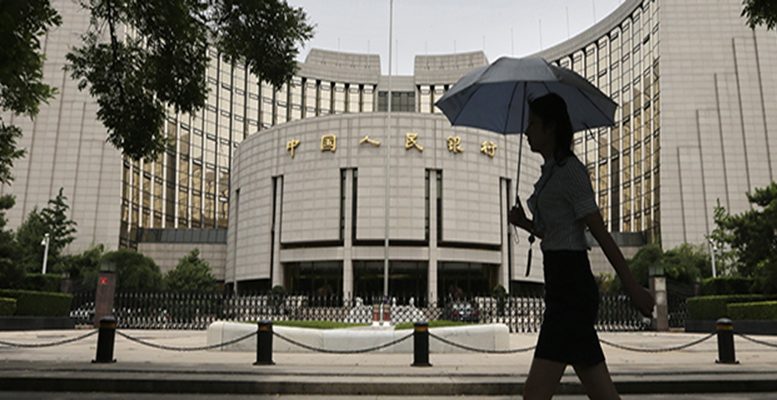JINYUE DONG & LE XIA (BBVA Research) | China’s monetary policy challenges in the post-pandemic time include to smoothly exit loosening monetary policy, to smoothen transmission mechanism, to redefine the role of monetary policy in financial stability, and to integrate carbon neutrality target into policy objectives.
Key points
China, due to its effective containment of virus spread at the beginning of the pandemic, is the first one to normalize its monetary policy from May 2020 while other countries are still grappling with the pandemic.
The authorities took pains to pacify investors and quell the market panic. They also pledged that the normalization of monetary policy will avoid a “sharp turnaround”. However, the PBoC needs to further enhance its communications with the market in the course of policy normalization.
In the medium-to-long term, it’s important for the authorities to develop a smooth transmission mechanism of monetary policy conduct . The authorities need to enhance the central bank’s communication with the market, to increase the depth and width of its bond market and work with other government agencies to root out the implicit guarantee provided by central or local governments.
Financial stability is the main challenge in the post-pandemic time.The market has been discussed and investigated whether and how to include asset prices into the monetary policy target.
The PBoC’s stance signaled that facilitating carbon neutrality will become part of monetary policy mandate in the long run which could bring new challenges to their monetary policy conduct.
When the Covid-19 pandemic unexpectedly hit the global economy in 2020, central banks around the world implemented unprecedentedly loosening monetary policy initiatives to prevent the growth from falling off the cliff. Among the countries, China, due to its effective containment of virus spread at the beginning of the pandemic, is the first one to normalize its monetary policy from May 2020, while other countries are still grappling with the pandemic.
This report investigates the challenges of China’s monetary policy in the post-pandemic time. Chief among them is how to ensure a smooth exit of loosening monetary policy while not to cause financial market turmoil. In the medium-to-long term, China’s monetary policy needs to face more challenges, including: (i) to smoothen monetary policy transmission mechanism; (ii) to redefine the role of monetary policy in financial stability and (iii) to integrate environmental protection and carbon neutrality target into the existing policy objectives.
• Normalization of easing monetary measures in post-pandemic time
Compared with the ultra-loosening monetary policies unveiled in advanced economies, China’s anti-pandemic monetary policy initiatives are milder and more measured. In particular, the easing measures implemented during the pandemic era include: (i) MLF (medium-lending facilities) rate cut by 30bps; (ii) DR007 (7-days Reverse Repo rate) cut by 30bps; (iii) SLF rate (standing lending facilities) cut by 30bps; (iv) LPR (loan prime rate) cut by 30bps; (v) Excess RRR rate cut from 0.72% to 0.35%; (vi) Three RRR cuts (cumulative 150 bps) which released 1.75 trillion RMB; (vii) Re-lending and re-discount programs:1.8 trillion RMB; (viii) Extension of SMEs loans to RMB 870 billion and support for SME financing program at RMB170 bn.
The PBoC started to exit the above easing measures in May 2020 when the Covid-19 pandemic got controlled in mainland China. Historically, the exit of easing monetary measures in the post-crisis time has always been a global challenge to central banks. China is not an exception in this respect. In February 2021, the normalization progress in China led to the gyration of the interbank interest rate in February 2021, just before the Chinese Lunar New Year as the investors’ fear of the authorities’ fast tightening climbed to a new high. (Figure 3 and 4) (See our recent Economic Watch: China | Understanding the interbank liquidity crunch and the policy intensions)
The authorities took pains to pacify investors and quell the market panic. They also pledged that the normalization of monetary policy will avoid a “sharp turnaround”. The authorities’ stance is justified by a number of headwinds down the road, including: the mounting uncertainties of global recovery pace, the slower-than-expected vaccination progress in emerging markets as well as seemingly ever-intensifying relation between China and the USA. In view of these uncertainties, we expect no policy rate hike or RRR hike this year.
Read More:





